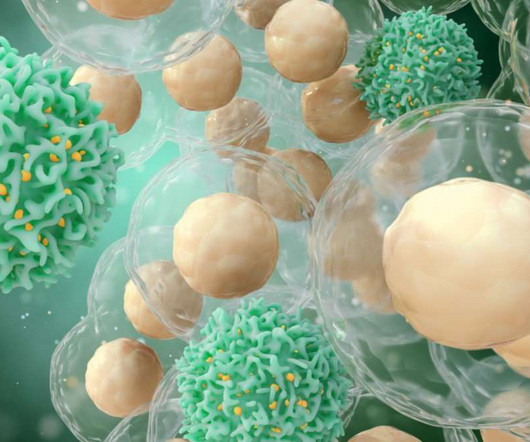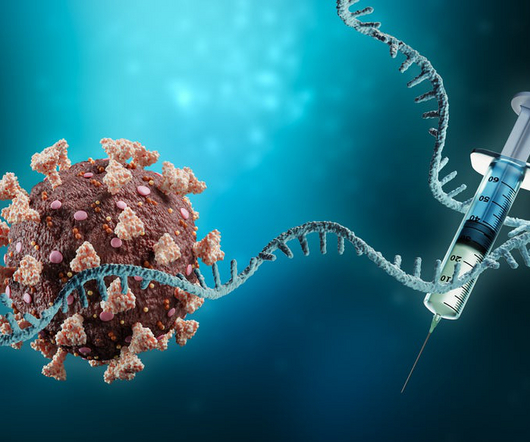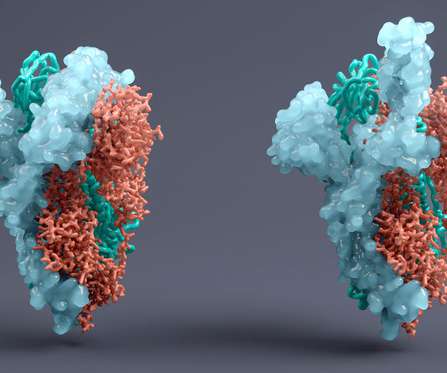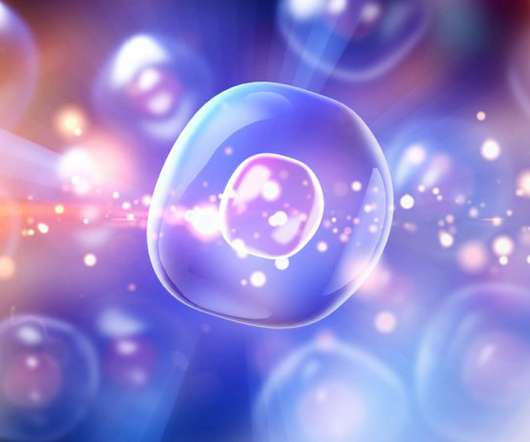RNA-based immunotherapy eradicates melanoma tumours
Drug Discovery World
AUGUST 1, 2023
This immunosuppressive environment that impedes activation of cancer-killing T cells allows tumours to grow, according to the researchers. The researchers named their approach CATCH. As part of the regimen, the researchers used new types of lipid nanoparticles to deliver two mRNA therapeutics.













Let's personalize your content